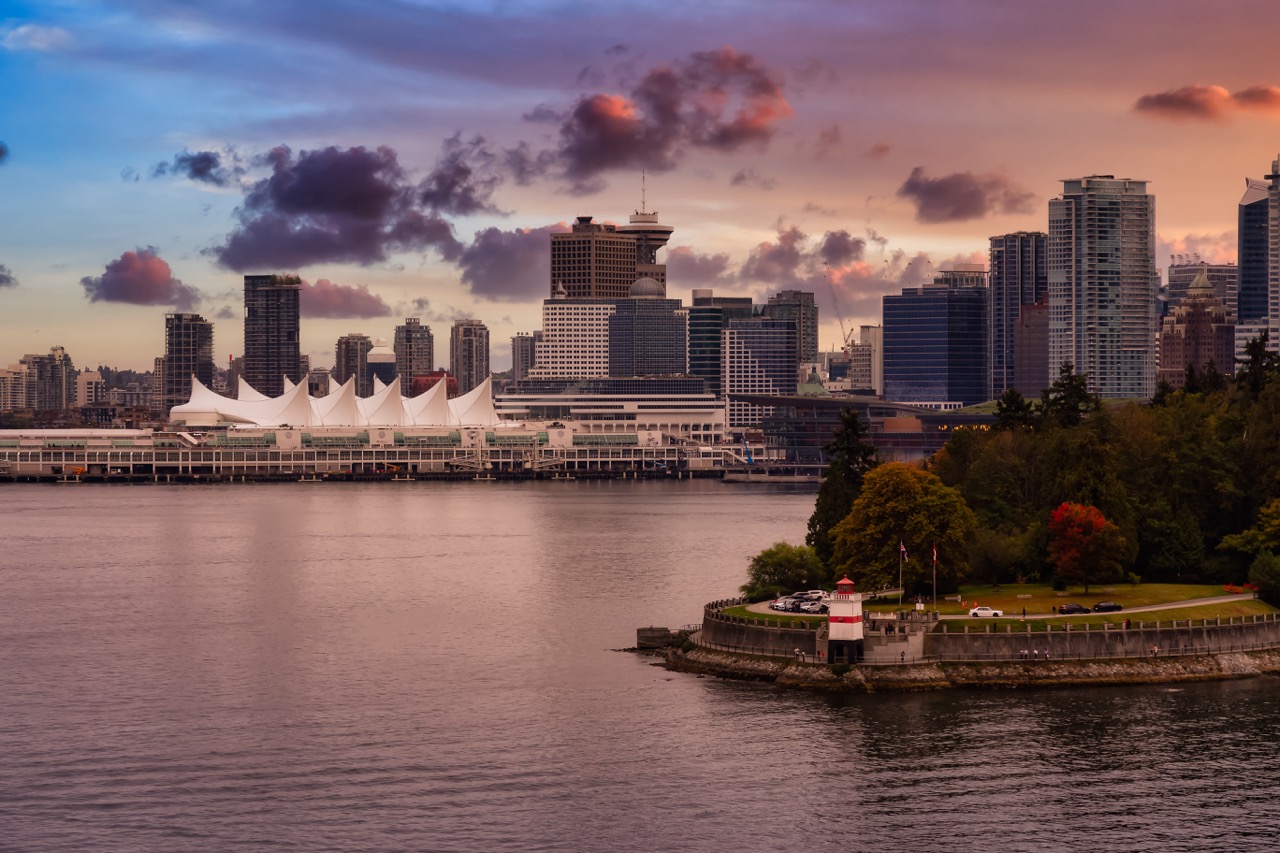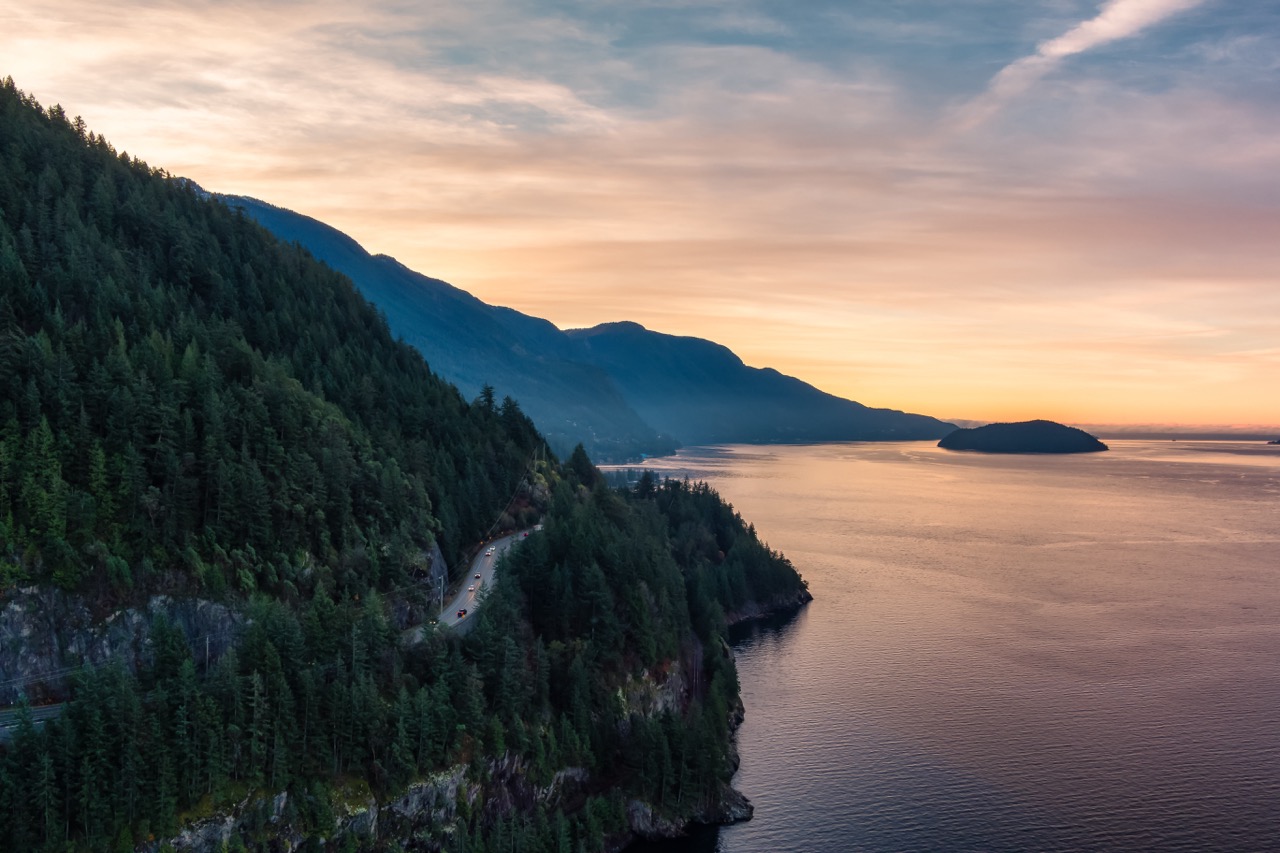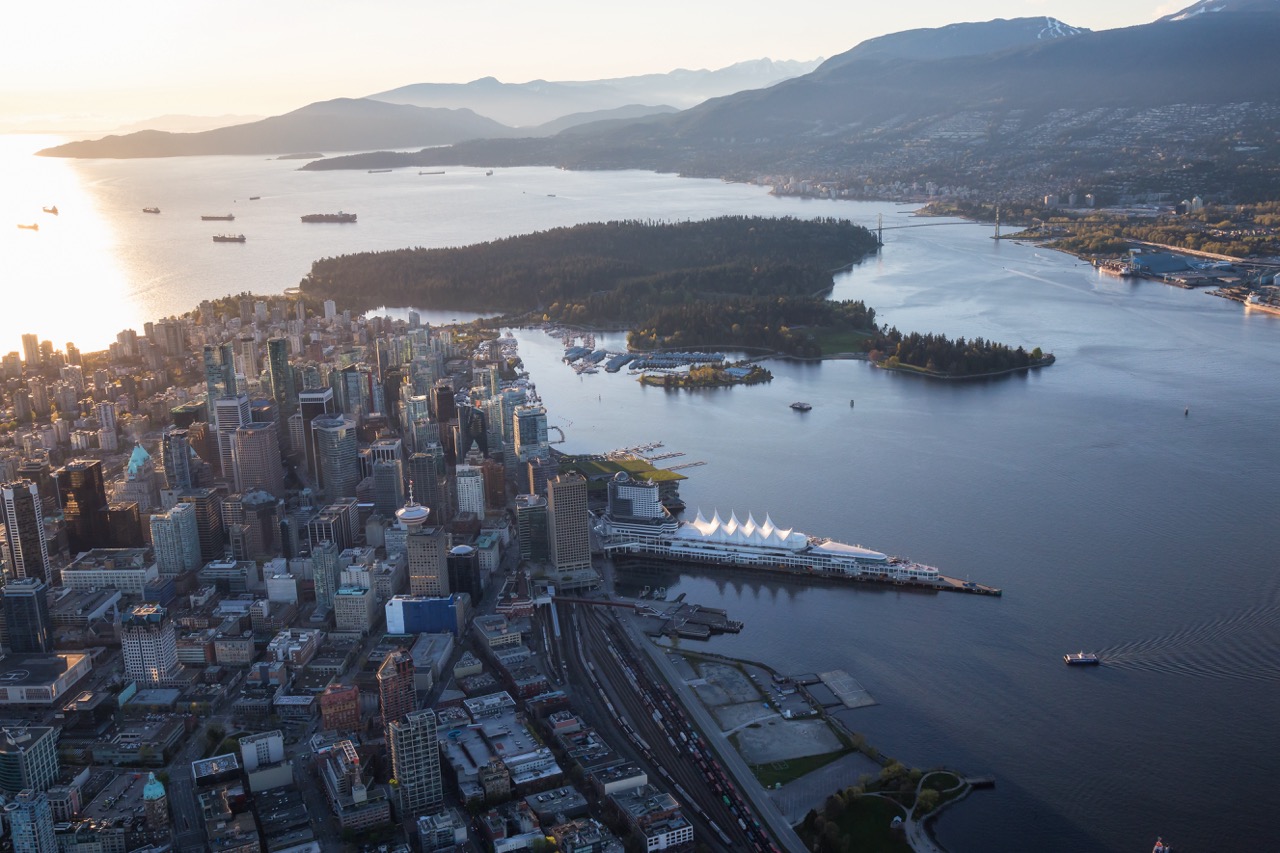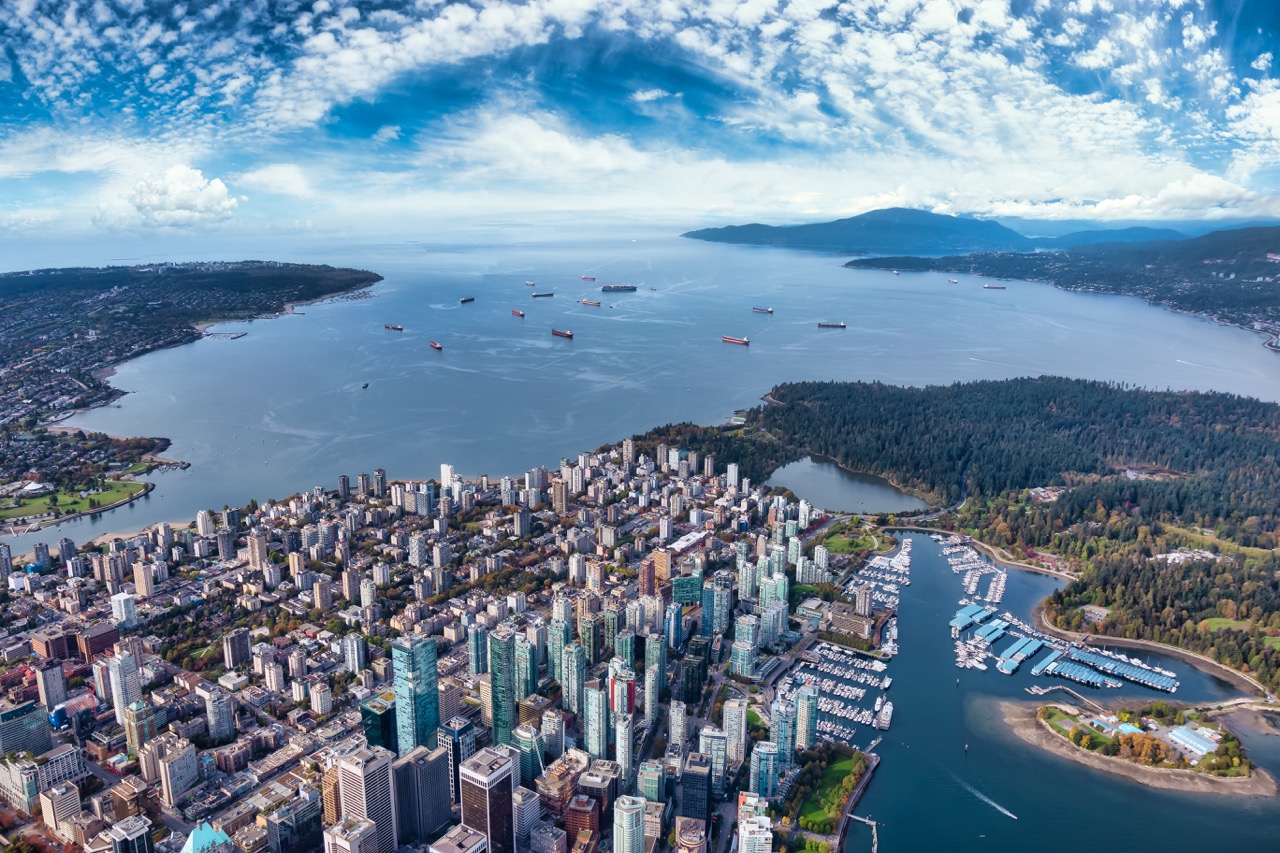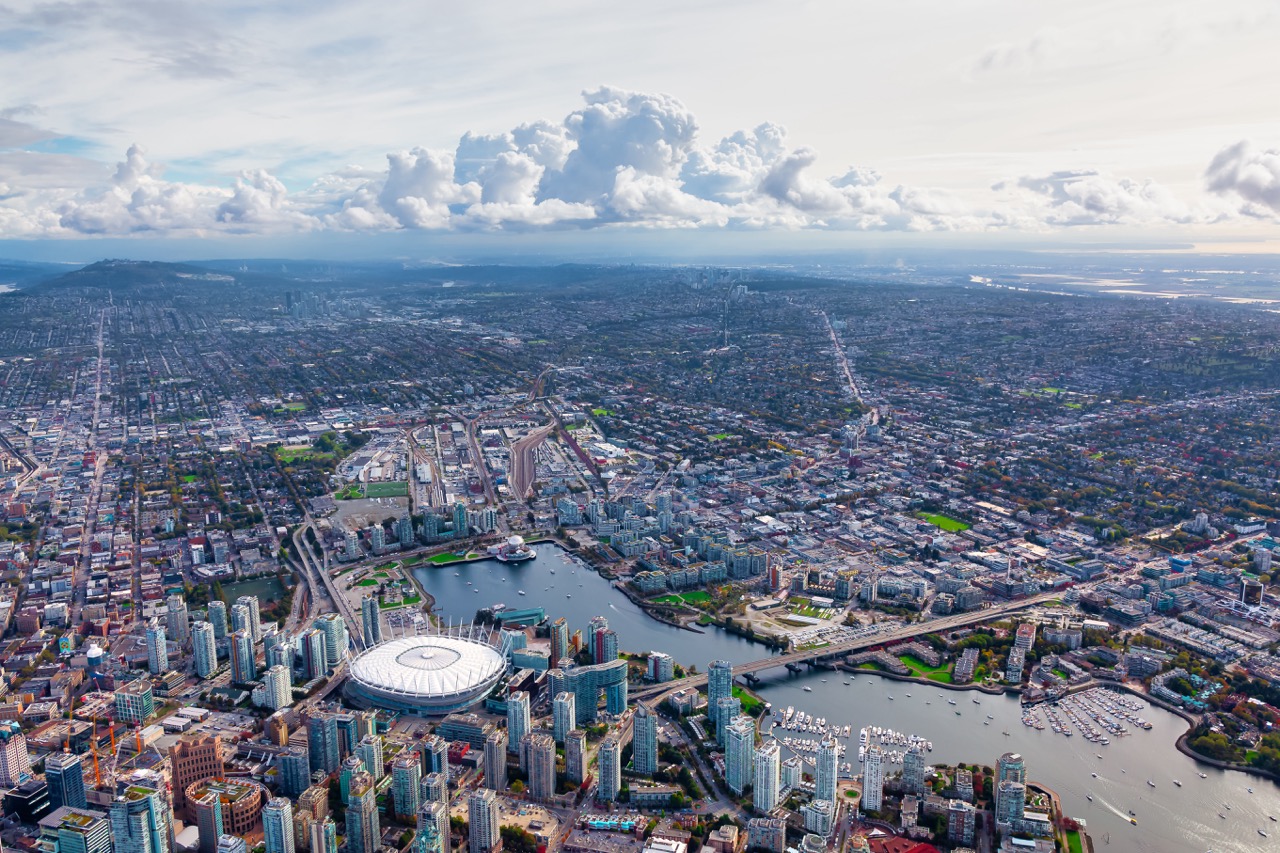Victoria, the capital city of British Columbia, is a vibrant blend of history, culture, and stunning natural beauty. Nestled on Vancouver Island, this city has a rich historical tapestry woven from its indigenous heritage, colonial past, and contemporary developments. Whether you’re strolling through its picturesque streets or engaging with its diverse community, Victoria exudes an undeniable charm. This article delves into the historical significance of Victoria’s founding era, its architectural marvels, cultural heritage, scenic landscapes, modern developments, and the community’s character that brings the city to life.
The Historical Significance of Victoria’s Founding Era
The founding era of Victoria is marked by the establishment of Fort Victoria in 1843, serving as a trading post for the Hudson’s Bay Company. This period was crucial as it laid the groundwork for the city’s growth and development. Originally inhabited by the Songhees and Esquimalt Nations, the arrival of European settlers initiated significant changes in the region’s social and economic structures. The fort quickly became a hub for trade, attracting settlers, traders, and adventurers, which ultimately led to the development of the city we know today.
The discovery of gold in the Fraser River in the late 1850s further accelerated Victoria’s growth, positioning it as a key supply center for miners heading to the gold fields. The influx of people contributed to a diverse demographic, while the establishment of transportation routes helped integrate Victoria into broader trade networks. This era not only shaped the city’s economy but also influenced its cultural landscape, as various communities, including Chinese immigrants, established their roots in the region.
In 1862, Victoria was incorporated as a city, marking its transition from a trading post to a recognized urban center. This evolution was significant in establishing governance and infrastructure, setting the stage for future developments. The historical significance of Victoria’s founding era lies in the foundational elements it provided for governance, economy, and multiculturalism, all of which continue to influence the city’s identity today.
Architectural Marvels: A Glimpse into Victoria’s Past
Victoria is renowned for its stunning architecture that reflects a variety of historical styles. The iconic Parliament Buildings, completed in 1897, exemplify the Romanesque Revival style and symbolize the city’s political heritage. Their grand marble staircases, intricately designed interiors, and lush gardens attract thousands of visitors yearly, making them a focal point of civic pride. The buildings not only serve as the seat of the provincial government but also act as a reminder of the city’s significance in British Columbia’s history.
Another architectural gem is the Fairmont Empress Hotel, built in 1908. This stately edifice showcases the Château style, drawing inspiration from French castles. Its elegant design and prime location along the Inner Harbour have made it a landmark for both tourists and locals alike. The Empress Hotel is steeped in history, hosting numerous dignitaries and celebrities over the decades, and remains a symbol of Victoria’s luxurious hospitality.
Beyond these iconic structures, Victoria boasts many heritage buildings, including the ornate churches and residential homes in the James Bay area. The preservation of these historical sites is vital for maintaining the city’s character and providing a tangible connection to its past. Together, Victoria’s architectural marvels serve not only as a visual delight but also as a testament to the city’s evolution and cultural richness.
Cultural Heritage: Museums and Historic Sites in Victoria
Victoria is home to several museums and historic sites that celebrate its diverse cultural heritage. The Royal BC Museum, one of the most significant cultural institutions in the province, offers a comprehensive look at British Columbia’s natural and human history. Its extensive exhibits, including First Nations artifacts and displays on the province’s ecological diversity, provide valuable educational resources for visitors and residents alike. The museum’s continuous efforts to preserve and interpret history foster an appreciation for the region’s cultural legacy.
Another notable site is the Craigdarroch Castle, a Victorian-era mansion that showcases the opulence of the late 19th century. Once the home of coal baron Robert Dunsmuir, the castle is now a museum that highlights the lives of the Dunsmuir family and the architectural styles of the period. Visitors can explore its lavish rooms and beautifully manicured gardens, offering a glimpse into the lifestyles of the affluent during that era. Its preservation is a vital part of Victoria’s cultural narrative.
Historic Chinatown, one of the oldest in North America, is also a key part of Victoria’s cultural fabric. The area is rich with history, featuring traditional shops, restaurants, and the famous Gate of Harmonious Interest. This cultural heritage site not only reflects the contributions of the Chinese community in Victoria but also serves as a reminder of the broader narratives of immigration and settlement. Collectively, these museums and historic sites contribute to an understanding of Victoria’s multifaceted identity and its historical significance.
Natural Beauty: Exploring Victoria’s Scenic Landscapes
Victoria’s natural landscapes are a defining feature of the city, offering a stunning backdrop to its urban charm. The Inner Harbour, with its picturesque waterfront, is a hub for recreational activities, from kayaking to whale watching. The area is dotted with parks, gardens, and walking paths that invite both locals and tourists to engage with the scenic environment. This harmonious coexistence of nature and city life enhances the overall appeal of Victoria, making it a desirable destination for nature enthusiasts.
Beacon Hill Park is another highlight, spanning over 200 acres with gardens, playgrounds, and stunning ocean views. The park features a petting zoo, beautiful flowerbeds, and trails that wind through lush greenery, providing a serene escape within the city. Visitors can enjoy leisurely strolls or partake in various recreational activities, all while soaking in the natural beauty that defines Victoria. This park is not just a space for relaxation; it also serves as a community gathering place for events and festivals throughout the year.
Further afield, the nearby Gulf Islands and the scenic coastline offer opportunities for exploration and adventure. With hiking trails, beaches, and stunning vistas, these natural landscapes contribute to Victoria’s reputation as a gateway to outdoor activities. The city’s commitment to preserving its natural environment is evident in the numerous parks and conservation areas, ensuring that future generations can appreciate the beauty of Victoria’s surroundings. This balance between urban development and nature is a significant aspect of what makes Victoria a unique and attractive location.
Modern Developments: Balancing Growth and Preservation
As Victoria continues to grow, balancing modern developments with the preservation of its historical character presents a challenge. The city has seen a surge in population and urbanization, leading to new residential and commercial projects that reflect contemporary architectural trends. Developments in the downtown area aim to provide more housing options and commercial spaces, catering to the increasing demand from residents and businesses. This growth is essential for economic vitality; however, it raises concerns regarding maintaining the city’s historical charm.
To address these concerns, Victoria has implemented policies aimed at preserving its architectural heritage while facilitating urban growth. The city encourages developers to incorporate heritage elements into new constructions and to restore historic buildings rather than demolishing them. Such initiatives ensure that the city retains its unique character and that new developments complement the existing historical context. This approach fosters a sense of continuity and respect for the past while accommodating modern needs.
Moreover, community engagement plays a pivotal role in this balancing act. Public consultations and feedback are integral to shaping development proposals, allowing residents to voice their opinions on how the city should evolve. This participatory approach not only strengthens community ties but also ensures that developments reflect the desires and values of the residents. By embracing both modernity and preservation, Victoria aspires to create a vibrant urban environment that pays homage to its rich history while looking toward the future.
Community Charm: The People and Events of Victoria Today
Victoria’s charm is deeply rooted in its community, characterized by a diverse population and a vibrant cultural scene. The city is home to a mix of long-time residents and newcomers, contributing to a rich tapestry of cultures and traditions. This diversity is celebrated through various community events, festivals, and markets that foster a sense of belonging and connection. From the annual Victoria Fringe Festival to the lively Butchart Gardens’ summer concerts, there are ample opportunities for residents and visitors to engage with the local culture.
Local businesses play a crucial role in defining Victoria’s community charm. The city boasts numerous independent shops, cafes, and restaurants that reflect the local flavor and creativity. Farmers’ markets and artisanal fairs offer residents a chance to connect with local producers, highlighting homegrown produce and crafts. This focus on supporting local entrepreneurs not only enriches the economy but also strengthens community bonds, making Victoria a place where residents take pride in their city.
The spirit of volunteerism and community involvement is evident throughout Victoria. Many residents actively participate in initiatives aimed at preserving the environment, supporting the arts, and enhancing community spaces. This engagement fosters a strong sense of camaraderie and belonging, making Victoria a welcoming place for all. In essence, the people of Victoria and their commitment to community enrichment contribute significantly to the city’s charm and make it a distinctive place to live and visit.
In conclusion, Victoria is a city that beautifully weaves together its historical significance, architectural heritage, cultural diversity, and natural beauty. As it navigates the complexities of modern growth and preservation, Victoria remains true to its roots while embracing change. The charm of the city is not only found in its scenic landscapes and historic sites but also in its vibrant community spirit. For those seeking to explore a place where history meets modernity, Victoria offers a unique and enriching experience that captivates all who visit.

